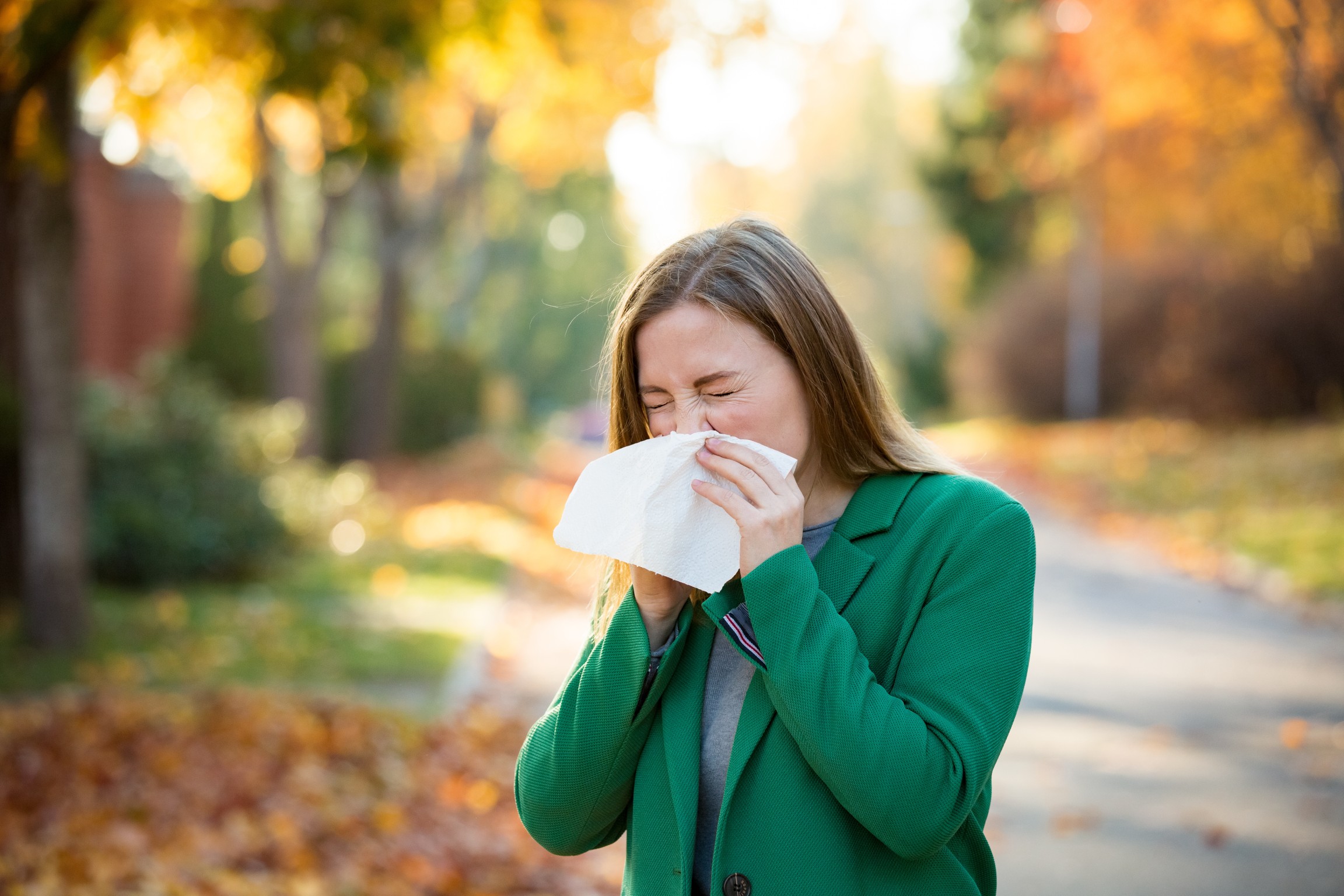
Heavy Rain, Flooding, and Chance of Severe Weather Staring Down the Southern U.S.
January 22, 2024
Posted: September 22, 2023 12:00 pm





There is the chill of fall in the air for many areas of the U.S. heading into the latter half of September. But will this cooling trend translate to an uptick of fall allergens? Here is what the experts are predicting for the fall allergy season for different areas of the U.S.
Even though the astronomical start of the fall is not here yet, much of the Northeast has already reached its peak levels of anticipated pollen this season. While the region may still see the random spikes in ragweed pollen counts as moisture picks up and the heat sticks around a bit longer, the worst of this allergen should be over for the year.
The rest of the eastern U.S. may need to hang on a bit longer to see relief from the pollen levels. In particular, the Southeast is expected to see the worst of the pollen season this fall. These levels will remain elevated until the cooler fall air settles over this corner of the country.
The Southeast is also forecast to see a later than normal first frost or freeze, keeping the weed pollen levels at high levels throughout much of the season. Although the first frost of the season typically happens in late October or early November for most of the Southeast, this weather pattern may be late to arrive in 2023.
States that are forecast to see high pollen levels throughout October include Pennsylvania, New Jersey, Kentucky, West Virginia, Virginia, Tennessee, Delaware, North Carolina, South Carolina, Georgia, Alabama, Mississippi, Louisiana, and Arkansas. The northern half of Florida, much of Ohio, and southern portions of Indiana and Illinois may also experience elevated pollen levels for longer than usual.
It is looking more promising for the West. The one zone that is expected to see atypically high amounts of pollen in the coming weeks is an area stretching from southern Idaho, through much of Nevada, the western half of Utah, and into far western Arizona.
The increase in the amount of rain falling in this part of the western U.S. can be blamed for the high pollen counts. For instance, Las Vegas has recorded over 350% of its normal amount of rainfall dating back to the beginning of August. It has been a similar soggy end to the summer for places such as Boise, Idaho and Reno, Nevada.
Conversely, the ongoing dry conditions in California will suppress pollen levels in the Golden State. Washington state, Oregon, northern Idaho, and much of Wyoming and Montana will hover in normal ranges.
The central portions of the U.S. will also land in normal ranges for the bulk of the region. Cooler temperatures at the end of September and beginning of October will help to push ragweed pollen levels down. But other allergens may increase as residents need to lean on home heating systems. This is when allergens such as dust mites and pet dander tend to rise.
One of the worst parts of being an allergy sufferer is trying to discern if symptoms are related to regular allergies or the seasonal viruses that tend to circulate in greater numbers this time of the year. Allergies typically present as sneezing and runny noses. Itching of the eyes, ears, and nose are also telltale symptoms of allergies.
In contrast, respiratory illnesses, the common cold, and COVID-19 generally bring on more severe symptoms, including fever, body aches, fatigue, and headache.
This is a good time to talk to your medical care provider about how you can protect yourself against the start of cold and flu season. COVID-19 numbers have also been on the increase in recent weeks as students head back to school and summer comes to an end. The U.S. Centers for Disease Control and Prevention (CDC) is urging all eligible Americans to seek out a flu shot and an updated COVID-19 vaccine.
Did you find this content useful? Feel free to bookmark or to post to your timeline for reference later.

January 21, 2024

January 19, 2024

January 18, 2024